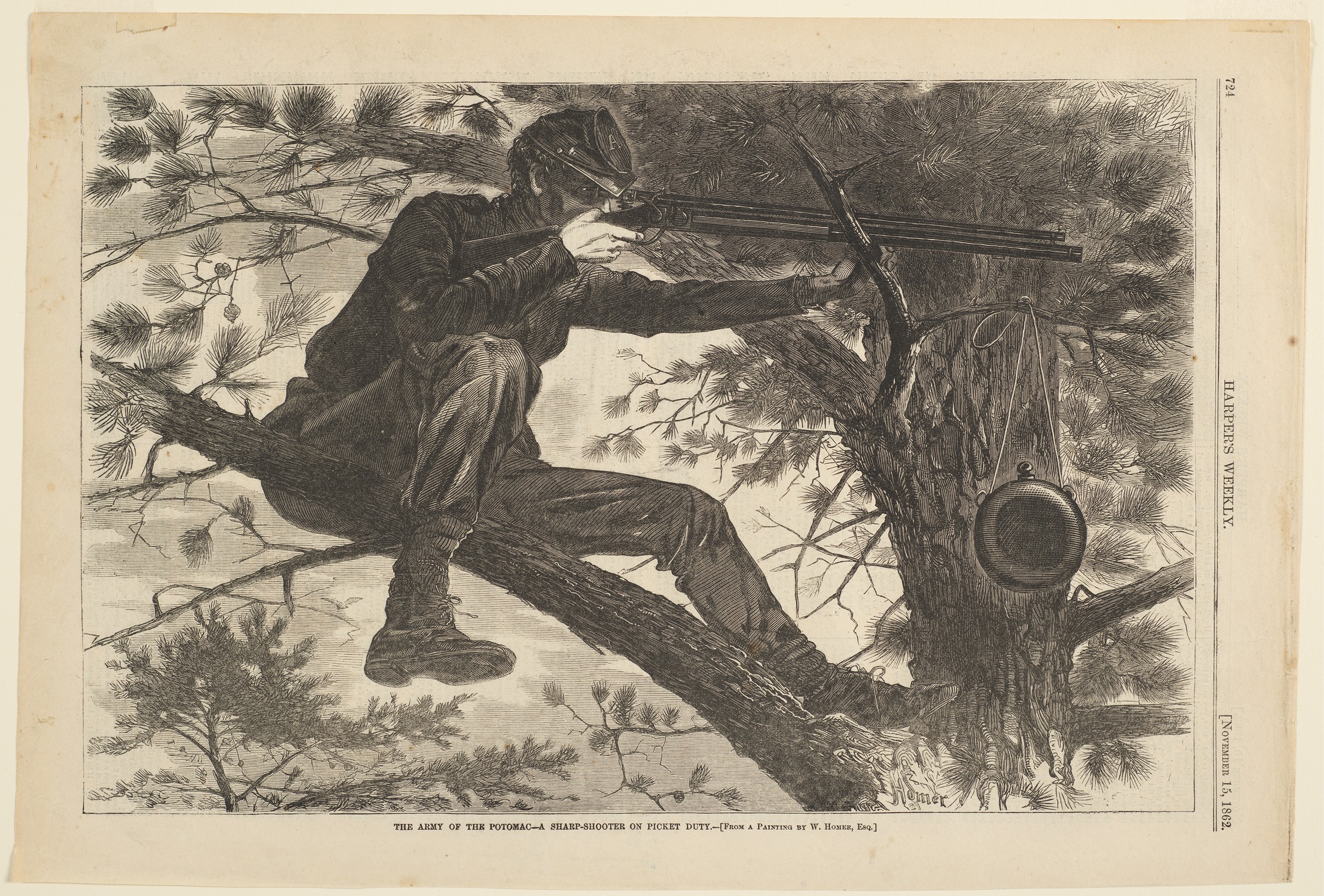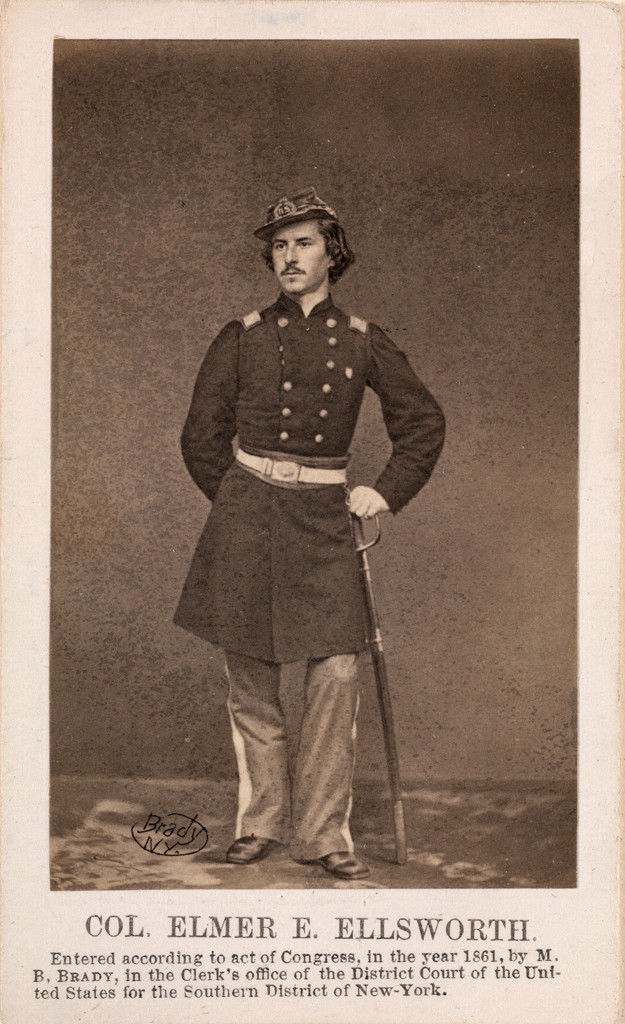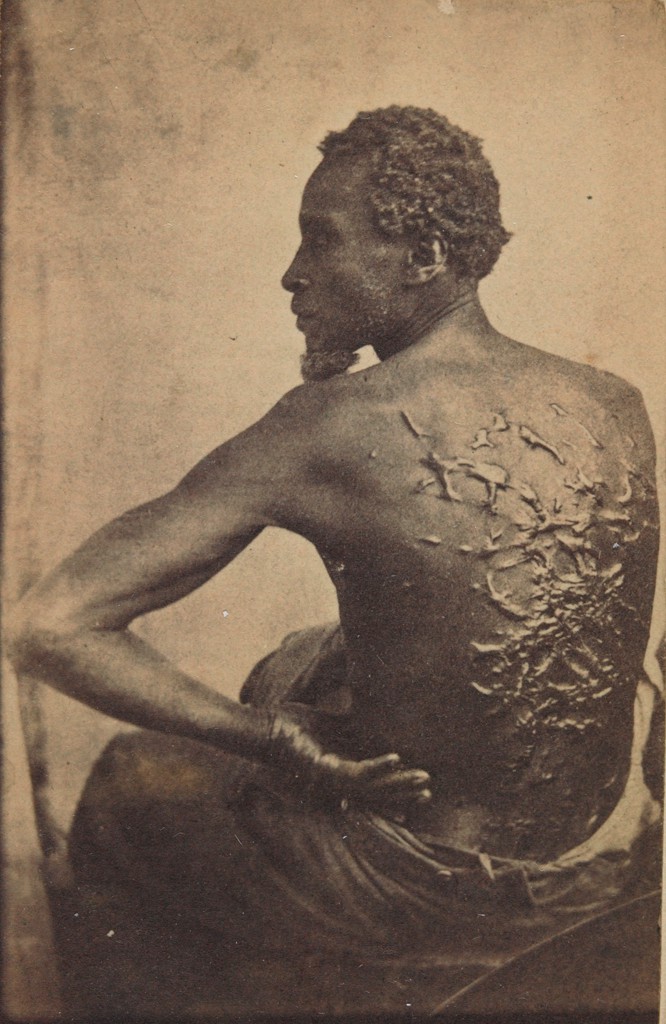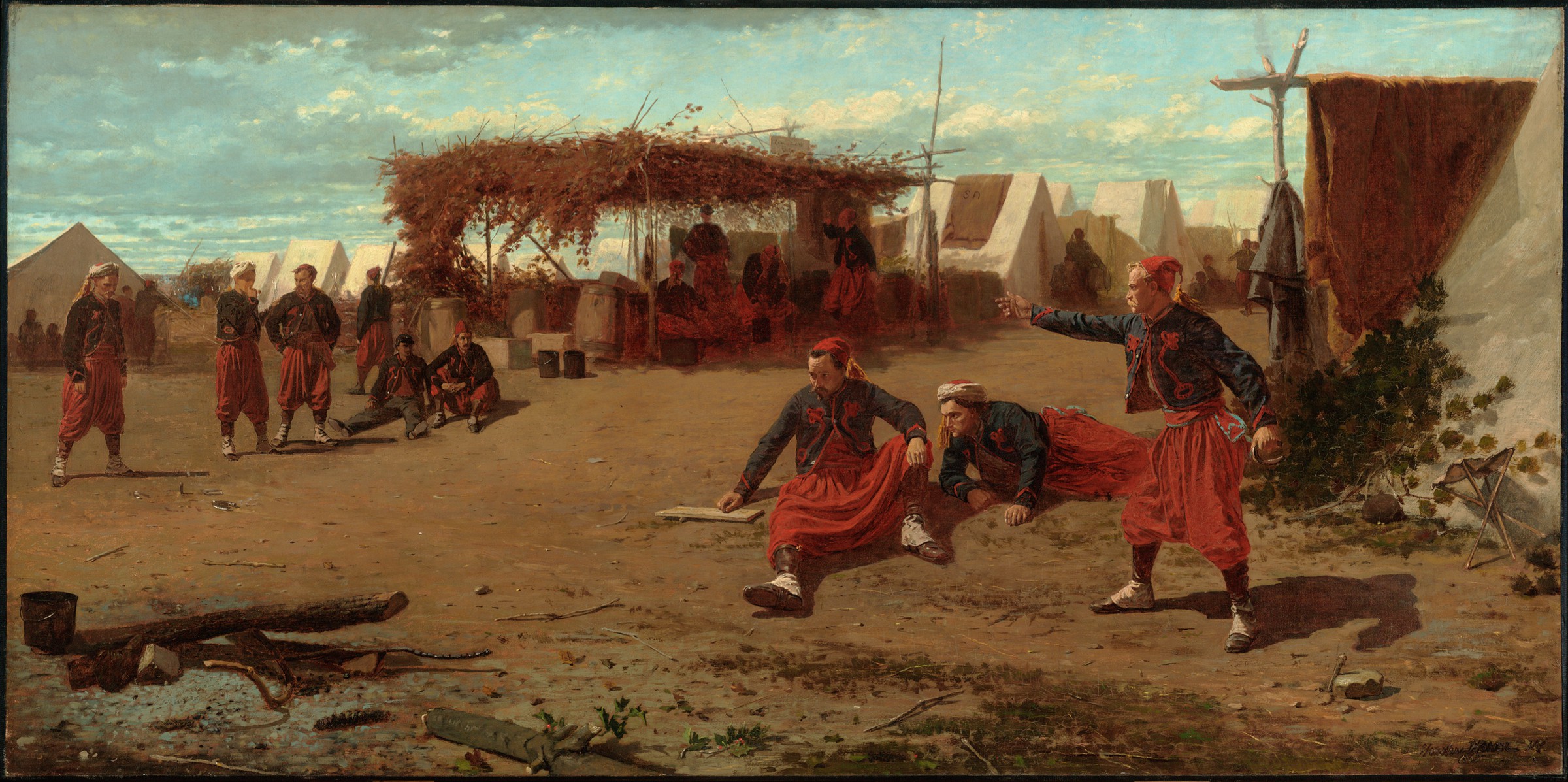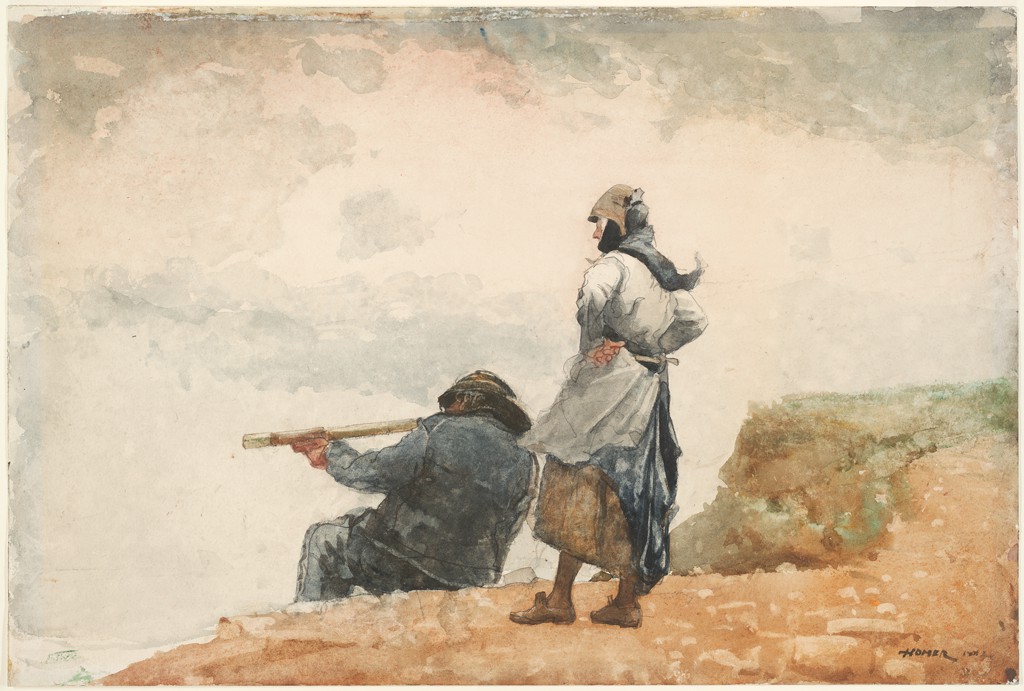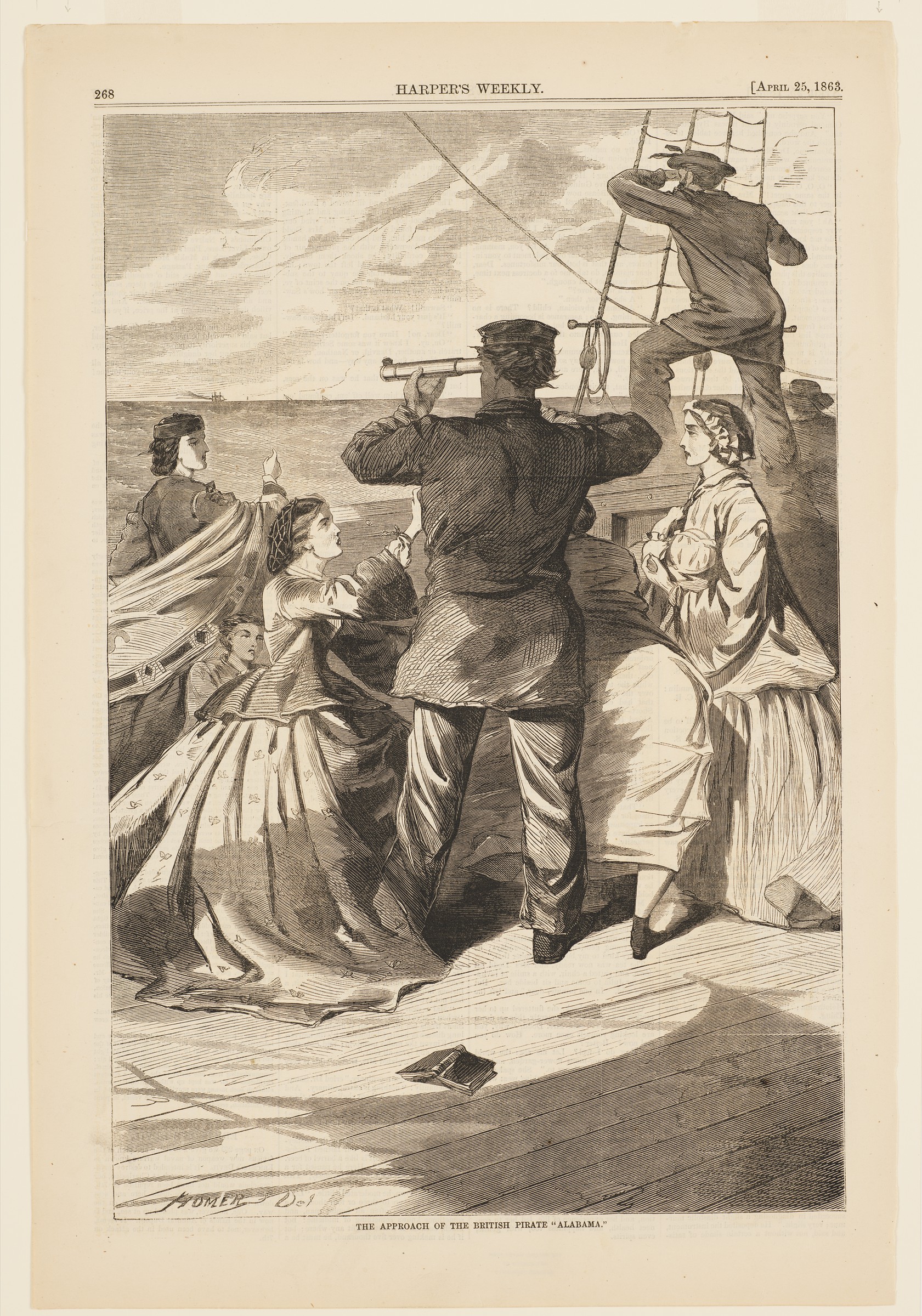American artist Winslow Homer’s (1836–1910) career was launched not in formal studios but in newsrooms, where he produced illustrations for periodicals. Starting in 1861, Homer served as a Civil War artist-correspondent, on assignment for Harper’s Weekly. Though Homer only made a few trips to the front (and went on to become more widely recognized as a painter and watercolorist), the period was undeniably formative.
Winslow Homer: Eyewitness explores this critical yet understudied point in Homer's career. The exhibition is co-curated by Ethan Lasser, the Theodore E. Stebbins Jr. Curator of American Art and head of the Division of European and American Art, and Makeda Best, the Richard L. Menschel Curator of Photography, with assistance from Oliver Wunsch, former Maher Curatorial Fellow of American Art. Through drawings, prints, photographs, oil paintings, and watercolors, pulled almost entirely from the museums’ permanent collections, Eyewitness examines pictorial strategies that Homer and other artists employed during and after the Civil War to convince viewers that their work was grounded in reality. It also makes striking connections between works from the beginning and end of Homer’s career and across media.
“We’ve used our collections to lead us in new directions,” Lasser said. With a strong representation of Homer’s Civil War illustrations and his later watercolors (such as Sea Garden, Bahamas, above), but fewer works from the middle of Homer’s career, “it felt like we had Chapter 1 and Chapter 6 at our disposal, but nothing in between,” Lasser said. The non-encyclopedic collection could have been frustrating to work with. Instead, it “opened up new scholarly questions, new ways to approach Homer.”
An Artist-Correspondent
From the Civil War battlefields, Homer produced some 50 illustrations for New York-based Harper’s Weekly, including scenes of soldiers fighting, prowling the front lines, and relaxing at camp. The Army of the Potomac—A Sharp-Shooter on Picket Duty, depicting a Union marksman aiming a rifle at an unseen target, was one of his most iconic images.
